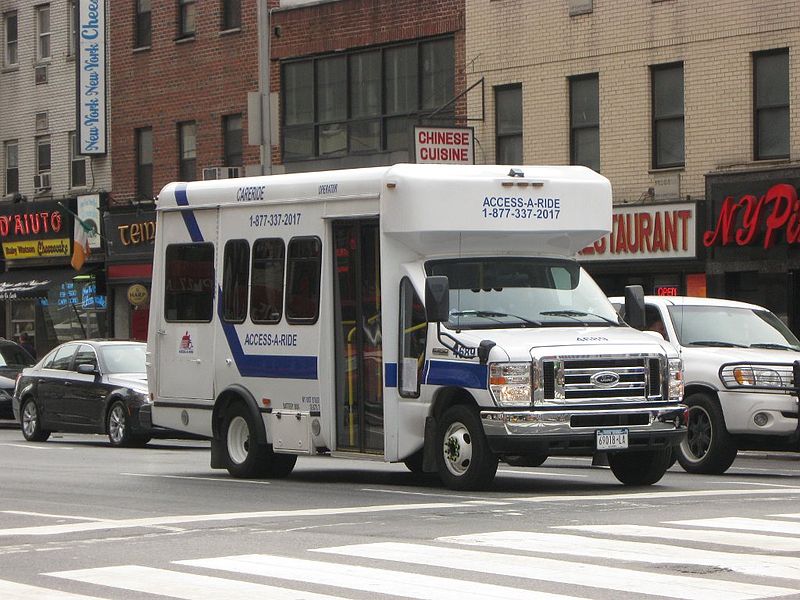Last week Streetsblog ran a story cutting through the hype over "micro transit," and we got some pushback from a couple of transit agencies experimenting with micro transit services. The two agencies shared data from their micro transit pilots, and it's worth sharing -- not because the stats upend the contention that micro transit is inherently limited, but because they reinforce it.
The thrust of the piece was that micro transit -- app-based services that pool van trips on the fly -- is a sleeker version of tried-and-true dial-a-ride transit, not an innovation that's going to disrupt fixed-route bus service, as it's often portrayed by micro transit start-ups.
In response, Sacramento Regional Transit and CAP Metro in Austin contacted us and said the story unfairly maligned micro transit. They sent in some data about the performance of their micro transit pilots, claiming success. But the numbers tell the same story as Streetsblog's post last week: Micro transit may improve dial-a-ride service, but it's not up to the task of replacing your local bus route.
Streetsblog originally reported that Sacramento Regional Transit's micro transit pilot was serving fewer than three passengers per service hour as of April. The dial-a-ride program it replaced served 2.25. So as of the spring, there was not much discernible improvement.
Nevertheless, in April SacRT General Manager Henry Li bragged to Metro Magazine about "doubling ridership" in the first month. (The service did double ridership -- from 30 trips per day to 68 -- but it also doubled the number of vehicles, from two to four [PDF].) Even though the productivity of the service was similar to the in-house service it replaced, Metro wrote that its "resounding success" was the reason it was awarded $12 million from the Sacramento Transportation Authority to expand micro transit.
Since then, SacRT's micro transit has performed better, averaging 3.24 rides per service hour during May and June. If sustained over a whole year, that's a 45 percent increase in efficiency over the in-house service, but still well within the typical range for dial-a-ride transit, which maxes out at around six trips per hour. (By comparison, even the least productive bus routes get 10 or 15 trips per service hour.)
Meanwhile, in Austin, Cap Metro reports that its micro transit pilot averaged 3.04 riders per service hour over a full year, topping out at 3.65 in the best month.
The pilot served 20,000 trips over the year, or fewer than 55 per day. Like Sacramento's, it's a niche service that fills a need in low-density suburban areas.
The Cap Metro spent $500,000 on its micro transit pilot, which used vans the agency already owned. There was no fare, so the entire $28 cost per trip was subsidized. All funding came from the agency's "demand response budget" dedicated to this type of low-ridership service.
It's fair to say that these micro transit pilots -- the best I could identify -- were successful as substitutes for dial-a-ride transit. But they do not offer much support for the idea that micro transit is a game-changing innovation.






